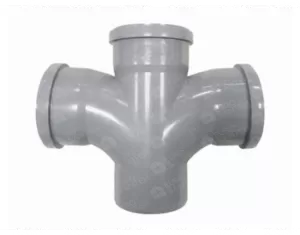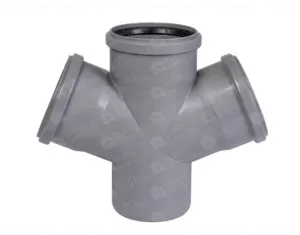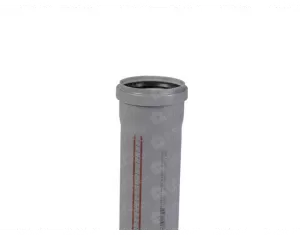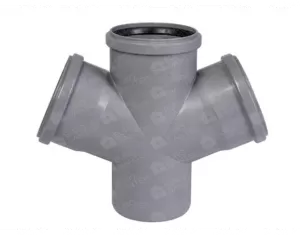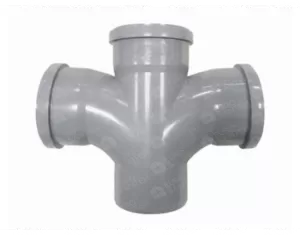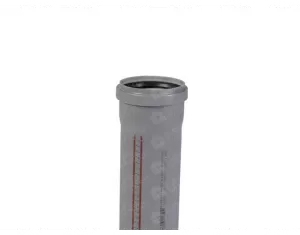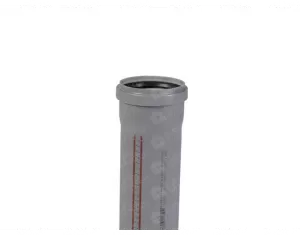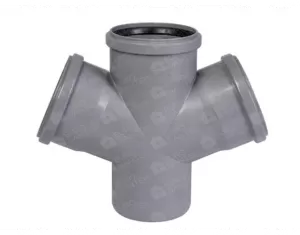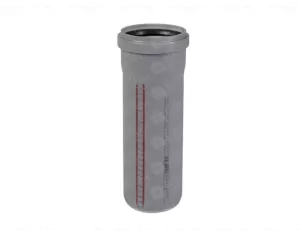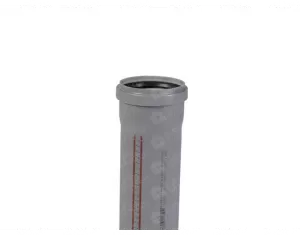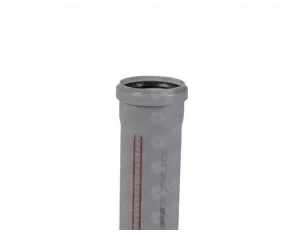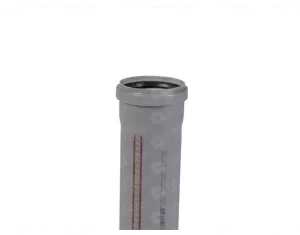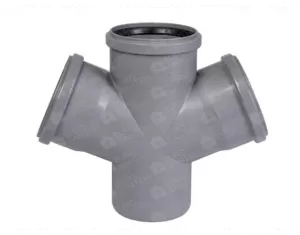Sewer pipes and fittings
Sewer pipes and fittings form the backbone of wastewater management systems, quietly ensuring the safe and effective removal of sewage from our homes and businesses. Understanding the intricacies of sewer pipes and fittings, their types, materials, and proper installation is crucial for maintaining a robust and reliable wastewater infrastructure. In this exploration, we'll delve into the world of sewer pipes and fittings, highlighting their significance, types, and the key factors to consider when navigating this crucial aspect of urban infrastructure.
The Significance of Sewer Pipes and Fittings
Efficient Waste Disposal: Sewer pipes serve as conduits for transporting wastewater from various sources to treatment plants. Properly designed and installed sewer fittings ensure a seamless flow, preventing blockages and facilitating efficient waste disposal.
Preventing Environmental Contamination: Fittings play a vital role in creating tight connections between sewer pipes, preventing leaks and minimizing the risk of environmental contamination. Well-fitted pipes contribute to maintaining the integrity of the wastewater management system.
Urban Hygiene and Public Health: Sewer pipes and fittings are instrumental in maintaining urban hygiene, preventing the spread of waterborne diseases, and safeguarding public health. A well-designed sewer system ensures the proper disposal of sewage, minimizing health risks for communities.
Types of Sewer Pipes and Fittings
PVC (Polyvinyl Chloride) Pipes:
- Advantages: Lightweight, corrosion-resistant, and cost-effective. PVC pipes are commonly used for both residential and commercial sewer systems.
Cast Iron Pipes:
- Strength and Durability: Cast iron pipes are known for their strength and durability, making them suitable for heavy-duty applications. They are resistant to fire and can withstand high-pressure conditions.
HDPE (High-Density Polyethylene) Pipes:
- Flexibility and Corrosion Resistance: HDPE pipes offer flexibility and corrosion resistance, making them ideal for applications where movement or shifting of the ground may occur.
Concrete Pipes:
- Robust Construction: Concrete pipes are renowned for their robust construction and high load-bearing capacity. They are commonly used in large-scale infrastructure projects.
Key Considerations for Sewer Pipes and Fittings
Material Selection:
- Environmental Conditions: Choose materials based on environmental conditions. For corrosive soils, corrosion-resistant materials like PVC or HDPE may be preferred.
Pipe Diameter and Flow Capacity:
- System Requirements: Select pipe diameters based on the anticipated flow capacity of wastewater. Larger diameters may be necessary for main sewer lines.
Connection Methods:
- Watertight Connections: Properly sealed and watertight fittings are crucial to preventing leaks and ensuring the overall integrity of the sewer system.
Installation Expertise:
- Professional Installation: Engage experienced professionals for the installation of sewer pipes and fittings to ensure proper alignment, connections, and adherence to local building codes.
Ensuring Watertight Joints
Gasketed Joints:
- Rubber Gaskets: Many modern fittings come with rubber gaskets that create a tight seal between pipes, preventing leaks.
Welded Joints:
- Heat Fusion: HDPE pipes can be joined using heat fusion, creating a seamless and watertight connection.
Flexible Couplings:
- Compensating for Movement: In areas prone to ground movement, flexible couplings can accommodate slight shifts while maintaining a watertight seal.
Installation and Maintenance Best Practices
Regular Inspections:
- Preventive Maintenance: Periodic inspections of sewer pipes and fittings help identify potential issues before they escalate, preventing costly repairs.
Proper Backfilling:
- Preventing Settling: Ensure proper backfilling around pipes to prevent settling, which can compromise the alignment and effectiveness of the system.
Root Barrier Installation:
- Preventing Root Intrusion: Install root barriers to prevent the intrusion of tree roots, a common cause of blockages and damage.
The Future of Sewer Infrastructure
The evolution of sewer infrastructure involves embracing technological advancements. Smart sewer systems with sensors for real-time monitoring, predictive analytics, and automation are becoming integral for efficient maintenance and early issue detection.
Conclusion
Sewer pipes and fittings are unsung heroes in the realm of urban infrastructure, quietly ensuring the safe disposal of wastewater. Choosing the right materials, sizes, and installation methods is paramount for the effectiveness and longevity of the sewer system. Regular inspections, preventive maintenance, and embracing innovative technologies will play key roles in shaping the future of sewer infrastructure, ensuring its resilience and sustainability in the face of evolving urban challenges.
